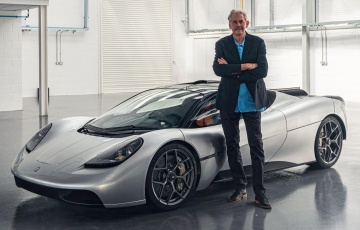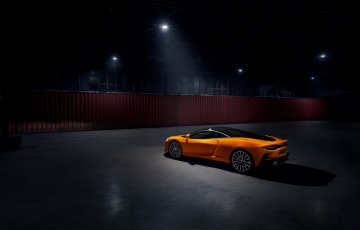TGS talks to Michael Leiters – CEO of McLaren Automotive : Woking Capital
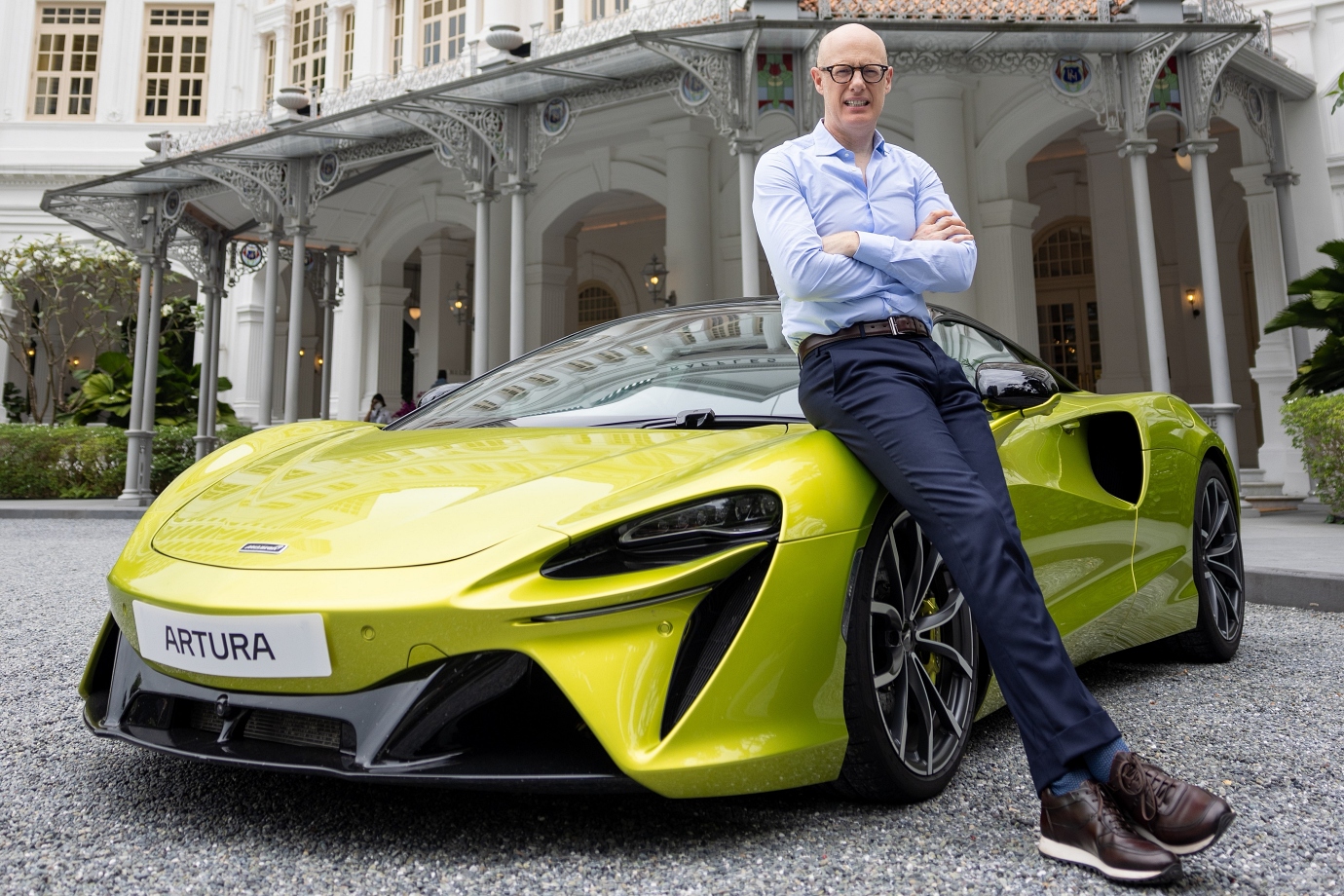
TGS talks to Michael Leiters – CEO of McLaren Automotive : Woking Capital
Writers Bar, Raffles Hotel, Singapore - At the time of our interview, Michael was just entering his eighth-month as CEO at McLaren Automotive, but he’s already been working at a fast and furious pace to help the sportscar marque maintain its legendary reputation.
TopGear Singapore (TGS) : You're less than a year in the hot seat at McLaren Automotive, what were some of the burning issues that had to be addressed quickly?
Michael Leiters (ML) : We had three areas to focus on that required high-performance reorganisation to help us achieve high-quality execution: 1) people and culture, 2) product and 3) financial stability.
As far as 1) people and culture are concerned, the McLaren organisation is driven by a start-up culture, but this also comes with a lot of risk-taking.
There’s a positive and negative side to this and we want to stay with the positive and eliminate the negative.
For 2) product, one of the main points of focus is the Artura and for us to get the car ready for the market.
It is a very complex and innovative product and a big challenge for an organisation like McLaren.
However, by overcoming the challenges associated with bringing the Artura to the market, we’ve learnt and evolved, so we can build on this experience in the future to create the right quality and customer experience.
In general, we want a product line-up that is sophisticated and distinguished with a clear hierarchy supported not only by pricing, but also by technology and design.
The 3) financial stability aspect is very important and the first step towards this was to secure funding.
I’m happy and excited that we have a strong commitment and support from our shareholders, who are aligned with our business plan for the next 5-6 years.
The good news is we’ve just secured an additional £70m, which is the first step towards a broader recapitalisation of the business and very important for the future investments we want to execute.
TGS : As technology leads the charge in the realm of super-sportscars, how 'ready' is McLaren to face such brave new challenges?
ML : I think the organisation at McLaren has shown it is ready and able.
Moreover, we have some things in our core areas that no one else has, such as our expertise with carbonfibre – which is how we realise every McLaren’s lightweight characteristic and aerodynamics proficiency – and this is a calling card we want to maintain.
Despite the new challenges, we’ve grown as a company thanks to the experience with the Artura and I’m confident we can use this for future hybrid cars and platforms.
On the whole, I think McLaren is well-prepared for the future, but we need to take steps to develop a more robust organisation and a more robust capability to create new technology to ensure McLaren can be regarded as a future-proof company.
The real art to building a supercar is to combine high-performance with emotion and engagement for the driver to enjoy... and this should be the target for the engineers.
TGS : It isn't just important for new technology to arrive with a big bang, it has to be reliable as well.
Can you talk us through the decision to delay the release of the Artura to the owners?
ML : A car has to be ready when it comes to the customers and this is why we adjusted the timing of the launch to have a clean production and a good customer experience – these are things you can’t compromise on.
You give a promise with your brand and the brand promise can’t be just that the product is a high-performing supercar that is very fast, quick and all that stuff – it also has to be reliable and a good quality product.
We couldn’t assure all this at the time and that’s the reason we delayed the delivery.
This was a tough call, but a very important one that was supported by our dealers, customers and shareholders.
More importantly, it was very good for the organisation to see how clearly this decision was made, which should give a lot of focus on readiness for products moving forward.
TGS : Previously, McLaren has famously shied-away from considering the crossover/high-bodied vehicle segment.
Considering your history (with Cayenne at Porsche and the Purosangue at Ferrari), is this attitude likely to change at McLaren?
ML : The first thing we have to do is to fix our core business and to become profitable in our core business.
After we’ve done that, we can think of an extension to our business.
I wouldn’t say it will necessarily take a SUV body, because it can be anything that is a more lifestyle-oriented product.
What’s important is, we want to be sure that apart from our supercar core business we create something new without cannibalisation between the new opportunities and the actual business.
Obviously I’ve done it twice now already, so I could do it a third time at McLaren!
It is important that all the opportunities we take are fully aligned with the McLaren DNA.
It won’t just be for the sake of entering the SUV/sedan/2+2 segment – it’s important that it has to be a real McLaren.
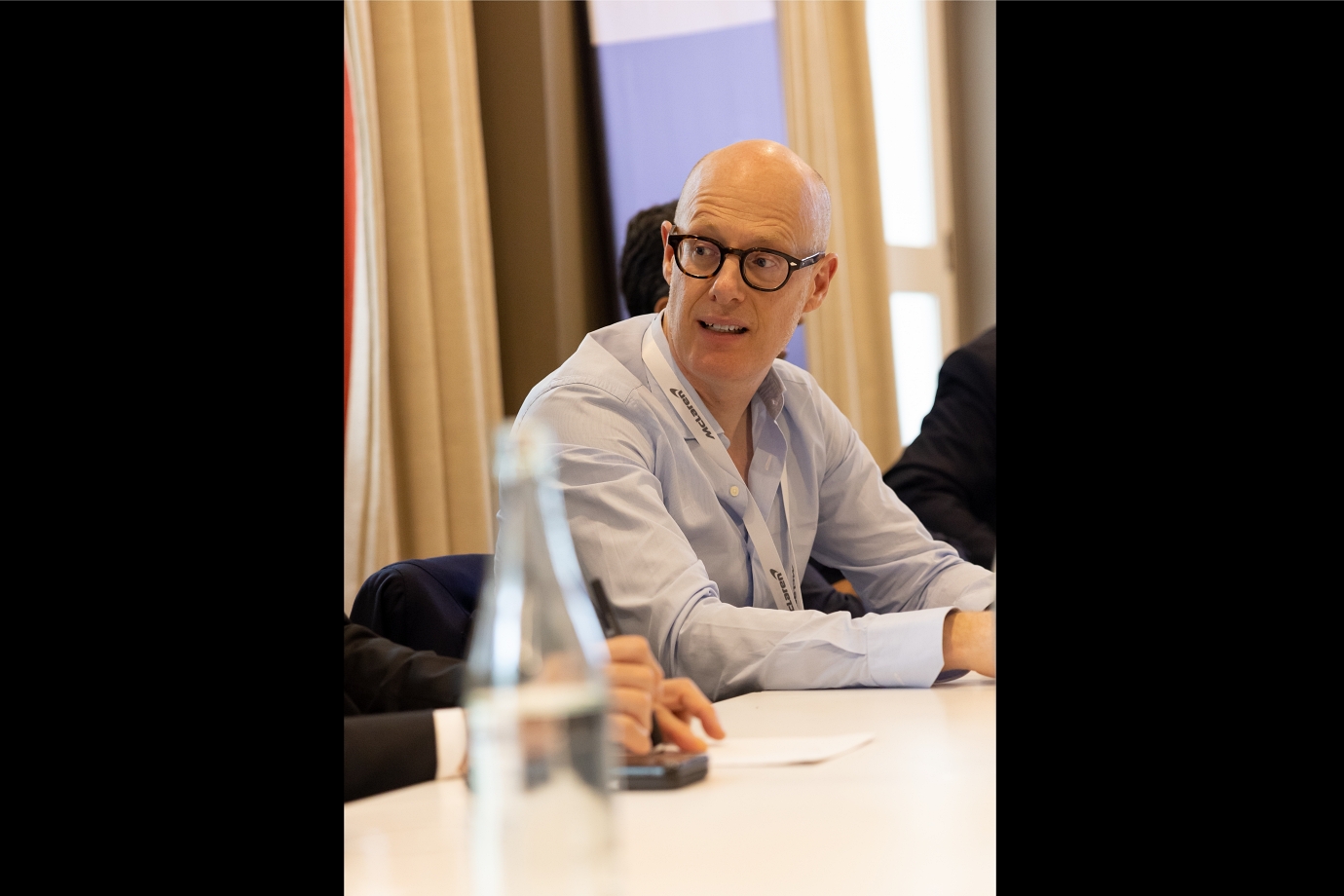
TGS : Will existing McLaren owners accept such a 'revolutionary' body format, or will it reach a new group of buyers?
ML : It has to be both. We can’t – and won’t – offend any McLaren customers.
On the other hand, we want to have new prospects for our brand.
If McLaren goes down this path, it should attract both our existing customers, as well as new prospects.
(Click HERE to read about a serial collector of McLaren special models in Singapore)
TGS : In your mind, what are the elements that make a McLaren a McLaren?
ML : Lightweight, aerodynamics, vehicle dynamics, strong connection between driver and car – best steering and pedal feel and pedals.
The emotional connection and engagement between car and driver are very important.
Today it is very easy to create performance. For instance, take an electric car with 2000hp or whatever, it isn’t difficult to create a certain 0-100km/h or 0-200km/h performance – it’s very easy.
The real art to building a supercar is to combine high-performance with feeling and engagement for the driver to enjoy... and this should be the target for the engineers.
TGS : In recent times, you're not the only German to helm ( or have helmed) an iconic British sportscar brand. Are there any cultural differences to working in a brand so steeped in British motorsports heritage?
ML : I’m German, but have worked in Italy and now the UK. In the UK, I’ve come to appreciate that there’s a great competence and ability in racing culture, especially with regards to the core elements of a supercar: lightweight and aerodynamics.
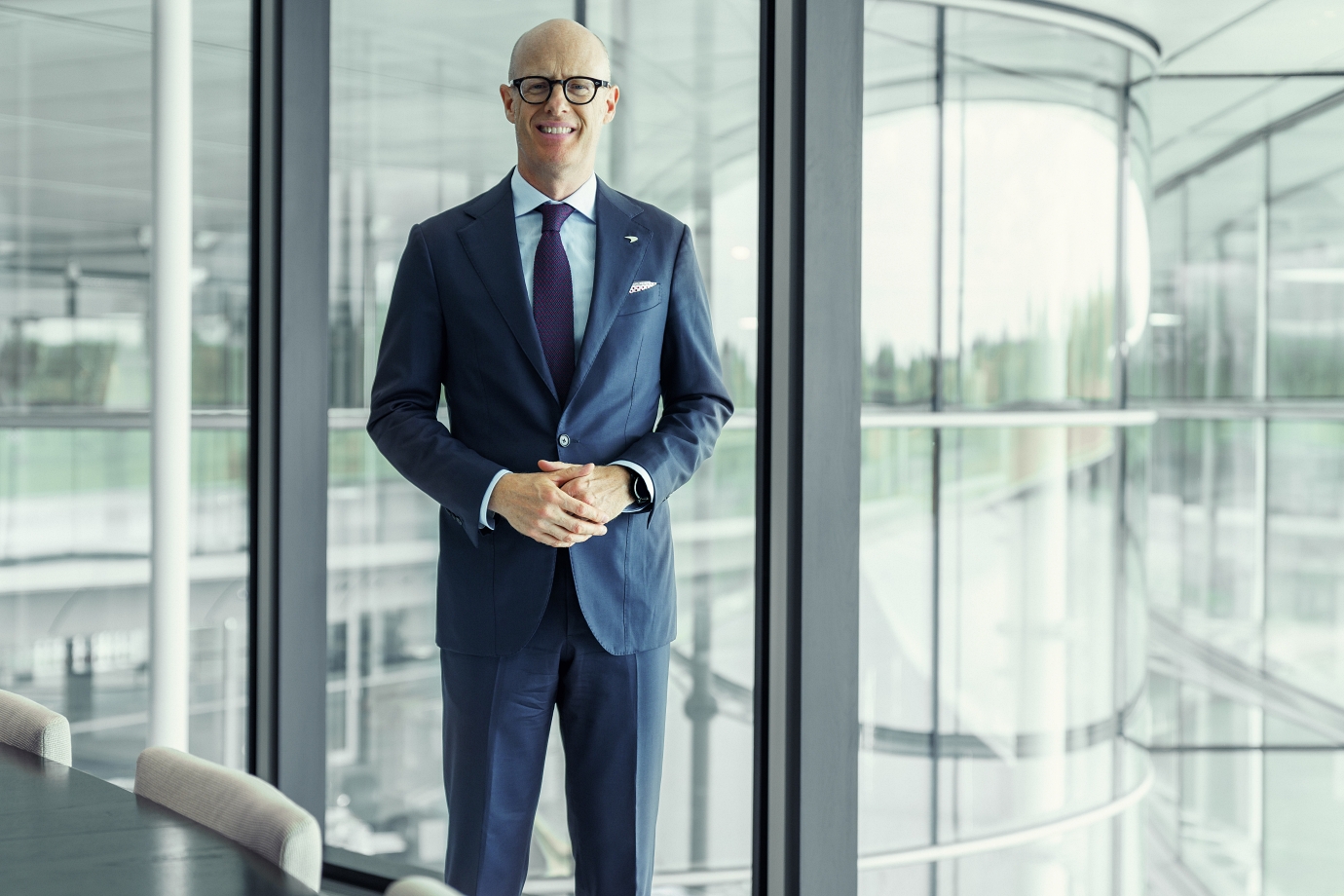
TGS : For many owners, understanding the model evolution is an important aspect of determining what/when/whether to buy, which requires consistency in terms of model nomenclature and product life-cycle.
This was confusing in the early days when there was MP4-12C, 12C, 650S and so on, all launched in quick succession, even before some owners had collected their cars.
How do you think McLaren fares in this regard? What more can be done?
ML : It is very important to rationalise this, because otherwise you disappoint customers.
It is a balancing act, because on the one hand, the brand needs to be predictable, but on the other hand you need some surprise!
The 720S gives a good example of how we have managed the model life-cycle: Coupe, Spider, LT Coupe and LT Spider.
Our clients are starting to learn there isn’t the same risk you alluded to in your question.
However, it’s all about the right timing, depending on whether we are launching a surprise, or if we’re replacing something.
Most importantly, our customers should have a chance to experience the product they originally bought before we launch something new and tell them, “You don’t have your car yet, but it’s already old!” This is not at all acceptable.
Naming is another point that was not so helpful in the past, especially with newer models having bigger numbers than cars that were positioned higher up in the brand hierarchy before – it’s a little bit confusing and we’re thinking about how we can structure this better.
Artura was a first step – it’s now a name and not a number any more.
Deciding between a name or a number is an important one. If it is a totally new product like the Artura, you can do this, but if it is a classical successor to an existing model, you shouldn’t do this.
If you’ve noticed, apart from the 720S range, the other McLaren models now have names.
For every model and model line we will launch, we will identify a clear positioning and purpose for the car, then we define the design and technology behind the car and the last point we will decide is the name.
PHOTOS McLaren Singapore







